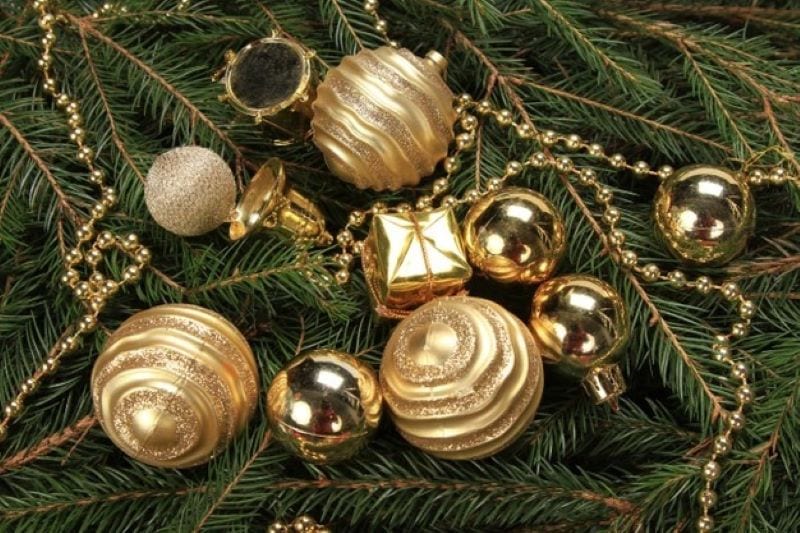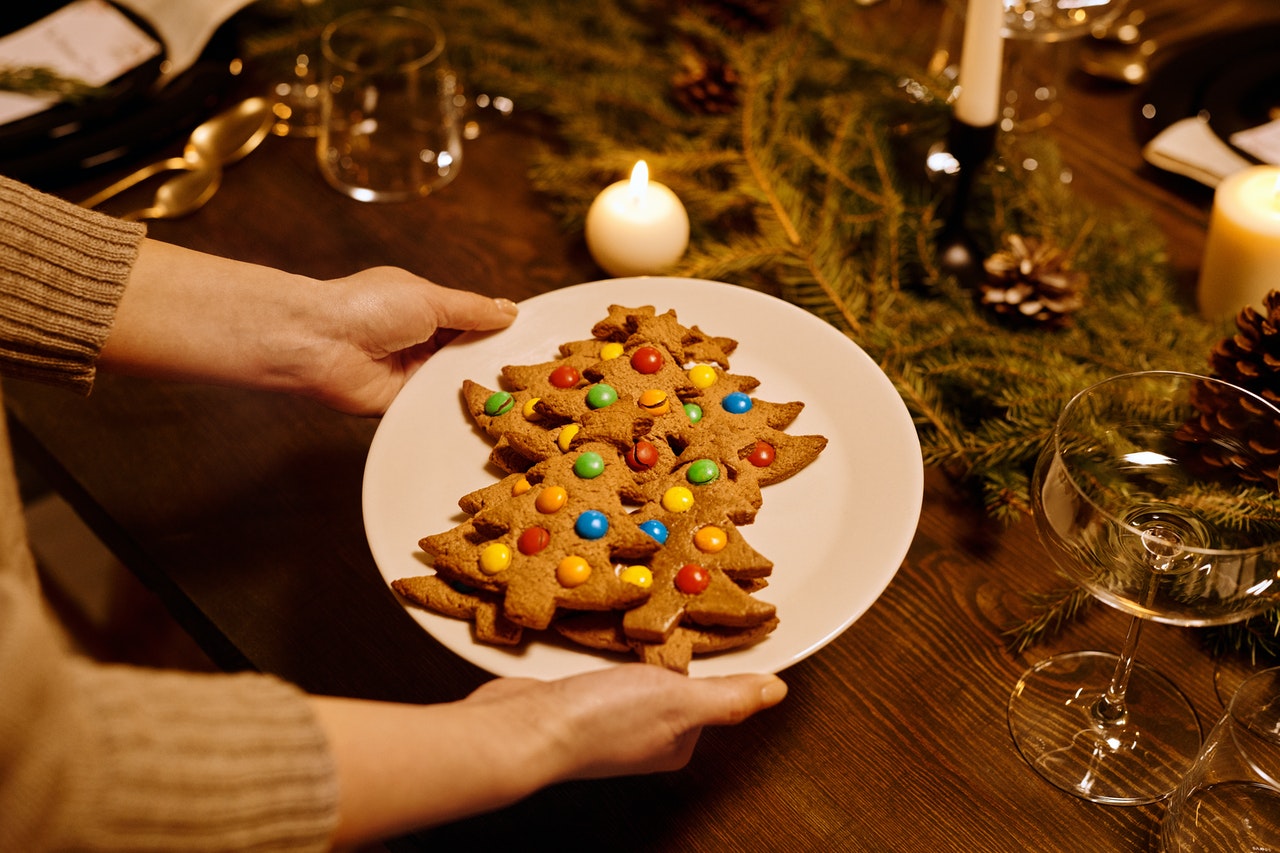
The Christmas season is characterized by many things, from holiday lights to warm cups of cocoa, spending time with loved ones, and of course, the singing of Christmas Carols. For centuries, carols have been an important part of Christmas traditions worldwide. Many of these tunes have become synonymous with the holiday season, representing festive celebrations and spreading joy to people all over the world. But have you ever stopped to wonder how these traditional tunes have changed over the years?
A Brief History of Christmas Carols
The history of Christmas carols dates back centuries. Many of these songs were originally sung in Latin and were typically only sung by choirs at church services. As time went by, people began to incorporate these carols into their Christmas celebrations. It wasn’t until the mid-1800s that Christmas carols became a widespread tradition due to the popularity of Charles Dickens’ “A Christmas Carol” and the publication of songbooks with popular holiday tunes.
The Rise of Popular Christmas Carols
Over the years, the sounds and melodies of these carols have seen subtle changes as they have been passed down from generation to generation. Some carols have even evolved through regional variations. One such carol is “Silent Night,” which is believed to have originated in a small Austrian village in the early 1800s. The original version of this song had a much more simple melody and was originally played on a guitar. The carol has since been translated into numerous languages and has had multiple variations added to it. From operatic arrangements to pop versions, modern-day interpretations have significantly deviated from the original.
Another classic Christmas carol that has evolved over time is “Joy to the World.” Originally written as a hymn in the early 1700s, the tune has shifted over the years. In its early years, the melody had a more somber tone but has since been transformed into an upbeat and joyful tune. The festive tune that we recognize today is vastly different from the original, reflecting how the sounds of Christmas carols have progressed over the years.
How Technology Is Shaping the Future of Christmas Carols
One of the most significant changes that have occurred in Christmas carols is the inclusion of modern instruments. While traditional instruments like the harp, violins, and pianos are still commonly used, modern instruments such as electric guitars and synthesizers have found their way into holiday music. This blending of traditional and modern music has broadened the appeal of Christmas carols, making them accessible to a wider audience.
Additionally, artists and musicians have also made their mark on the evolution of Christmas carols. From Bing Crosby to Mariah Carey and Pentatonix, each generation has added its own unique flair to traditional carols. For example, the hit song “All I Want for Christmas is You” by Mariah Carey is a modern classic that has become a staple of Christmas playlists worldwide.
In conclusion, Christmas carols have evolved significantly over the years, from the simple Latin chants of the past to multi-instrumental pop arrangements. These timeless songs have adapted to new cultures and audiences through translations and regional variations. Despite these changes, the essence of Christmas carols has remained the same – to spread joy and celebrate the holiday season. As we continue to enjoy the music of the season, we can look forward to hearing new renditions of classic carols and appreciate the history that surrounds these traditional holiday tunes.
